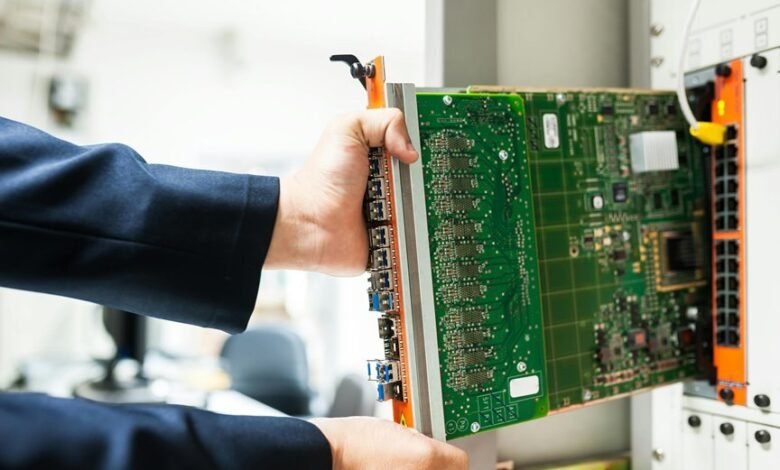Telecommunication Infrastructure & System Division 18009940676 18442397574 4102807509 5082900614 6172295775 8324601532

Imagine a vast highway system, where data travels as swiftly as vehicles, connecting cities and communities. In today’s digital landscape, telecommunication infrastructure is that highway, employing technologies like fiber optics and 5G networks to facilitate seamless communication. This division not only underpins our connectivity but also drives innovation in diverse sectors. However, as we look ahead, the evolution of these systems poses critical questions about their future role in our increasingly interconnected world.
The Role of Telecommunication Infrastructure in Modern Society
As society increasingly relies on digital communication, the role of telecommunication infrastructure becomes pivotal in shaping our daily interactions and economic activities.
This infrastructure drives digital transformation, enabling seamless connectivity and information exchange.
Its societal impact is profound, as it empowers individuals, fosters innovation, and enhances productivity.
Ultimately, robust telecommunication systems are crucial for achieving a free and interconnected society.
Key Technologies Used in Telecommunication Systems
Telecommunication systems rely on a variety of key technologies that ensure efficient data transmission and connectivity.
Fiber optics enable high-speed digital transmission, while wireless communication and 5G networks facilitate seamless mobile connectivity.
Satellite technology expands coverage areas, and network protocols govern data exchange.
Signal processing enhances clarity, and VoIP services revolutionize voice communication, providing a comprehensive framework for modern telecommunication systems.
Enhancing Connectivity for Businesses and Individuals
While businesses and individuals increasingly rely on robust connectivity, enhancing their experience requires a multifaceted approach that integrates advanced technologies and tailored solutions.
By leveraging cloud computing, IoT, and high-speed networks, you can facilitate seamless business collaboration and accelerate digital transformation.
This interconnected framework not only optimizes operations but also empowers you to innovate and adapt in a rapidly evolving digital landscape.
Future Trends in Telecommunication Infrastructure
Emerging technologies are reshaping the landscape of telecommunication infrastructure, driving innovation and efficiency in ways that were once inconceivable.
You’ll see 5G advancements enhancing connectivity, while IoT integration facilitates smarter ecosystems.
AI applications optimize network management, and edge computing reduces latency.
Fiber optics offer unparalleled speed, and satellite technology expands coverage, ensuring seamless communication for everyone, everywhere.
Embrace these trends for a connected future.
Conclusion
In a world where telecommunication infrastructure is the lifeblood of innovation, imagine the electrifying surge of information coursing through fiber optics and 5G networks, connecting you in an instant to the farthest reaches of the globe. This seamless web of connectivity doesn’t just enhance productivity; it transforms everyday life into a symphony of real-time interaction. As we plunge into the future, expect an explosion of possibilities, where your wildest tech dreams become an everyday reality powered by unparalleled infrastructure.




